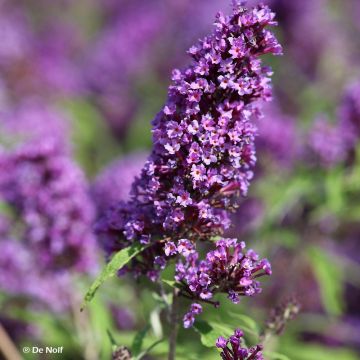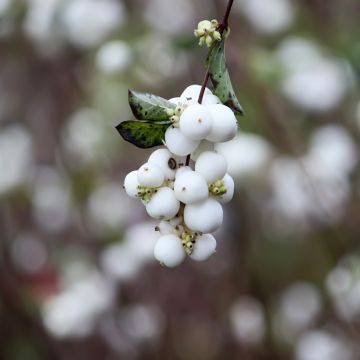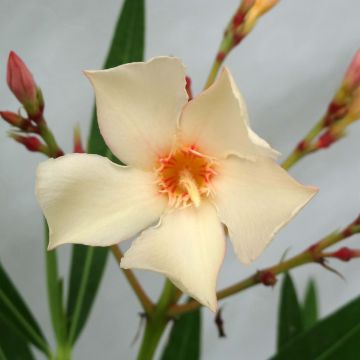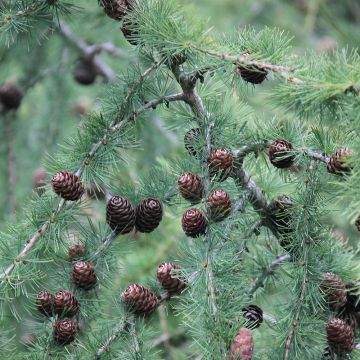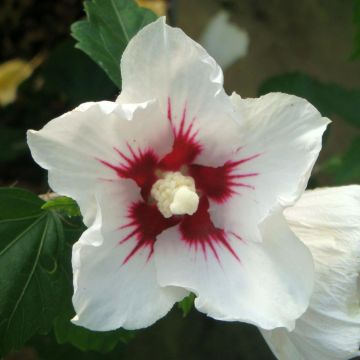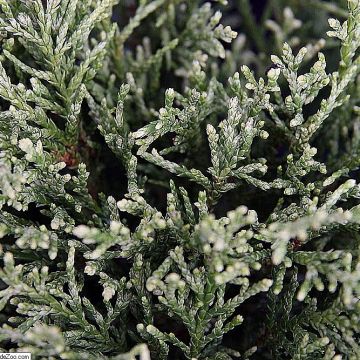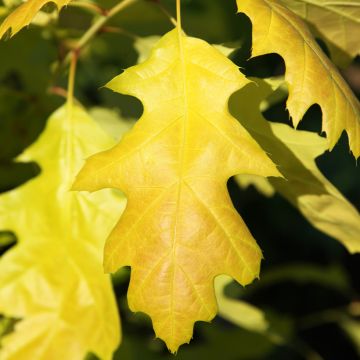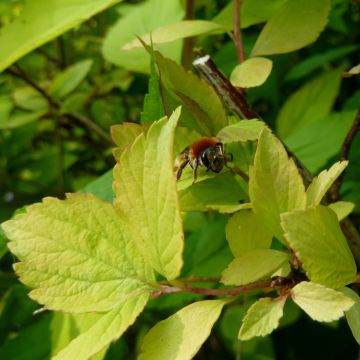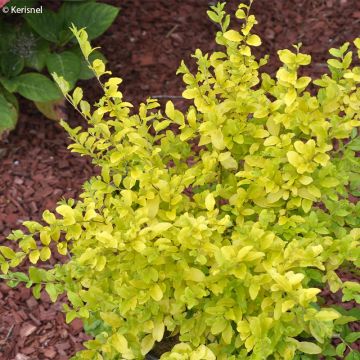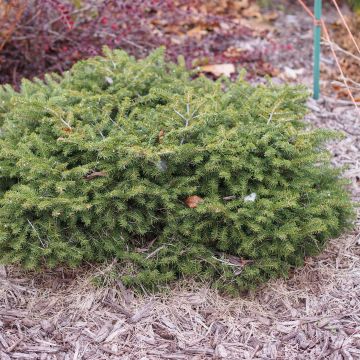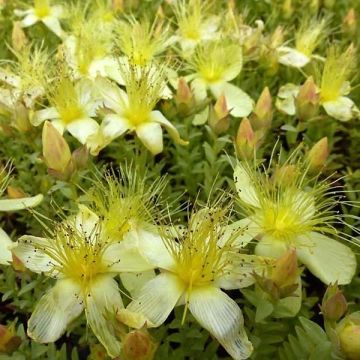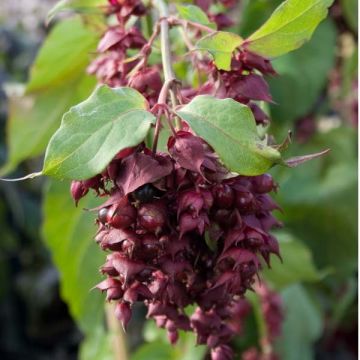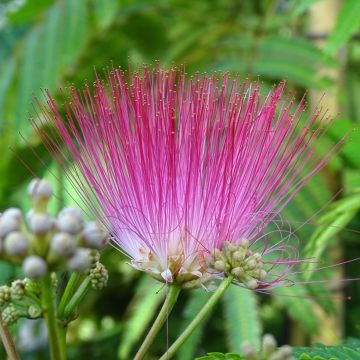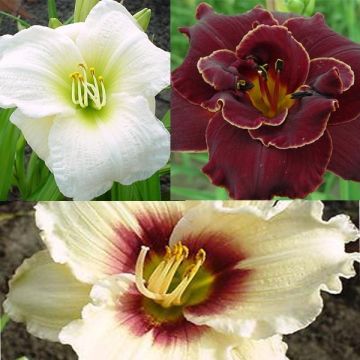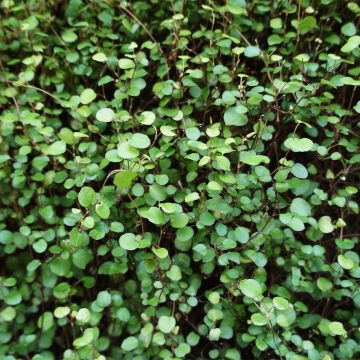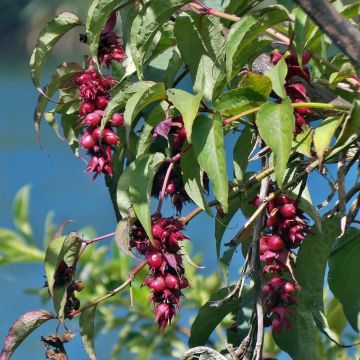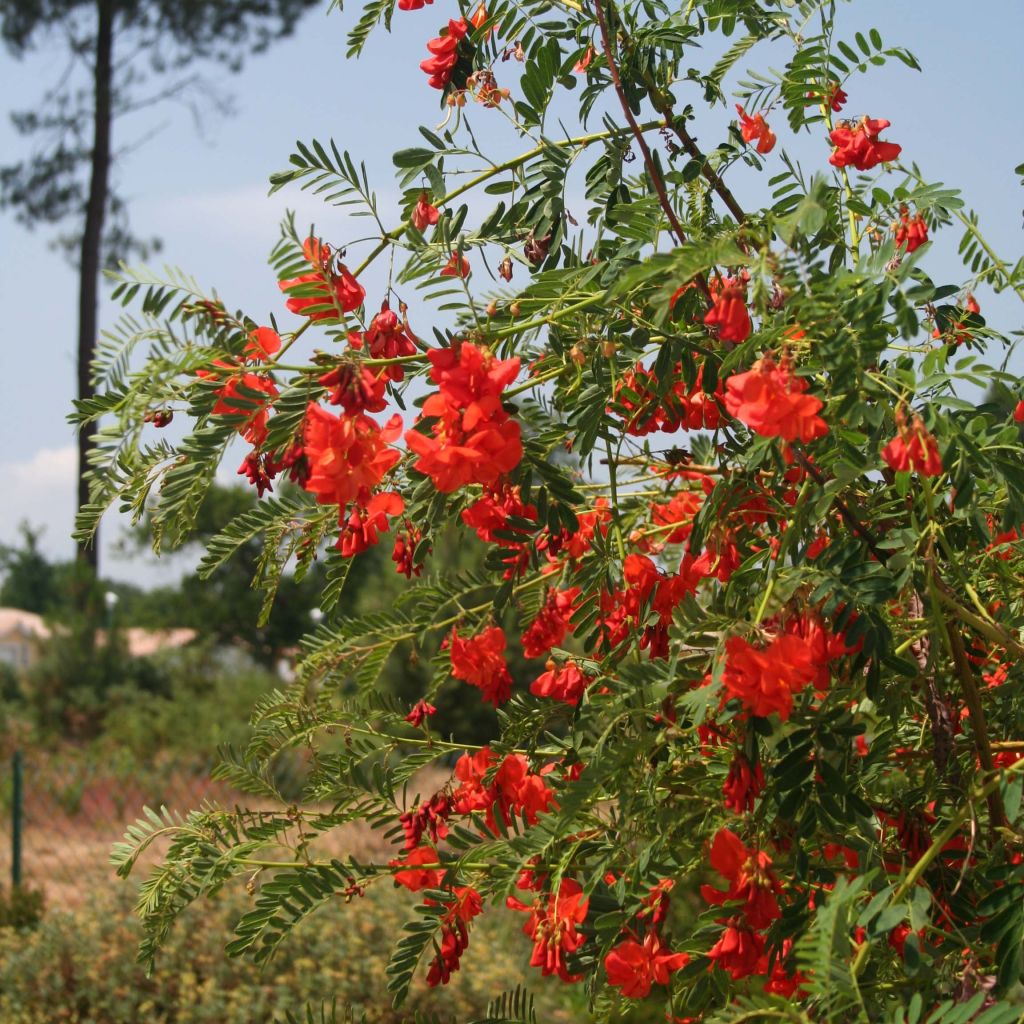

Sesbania punicea - Flamboyant d'Hyères
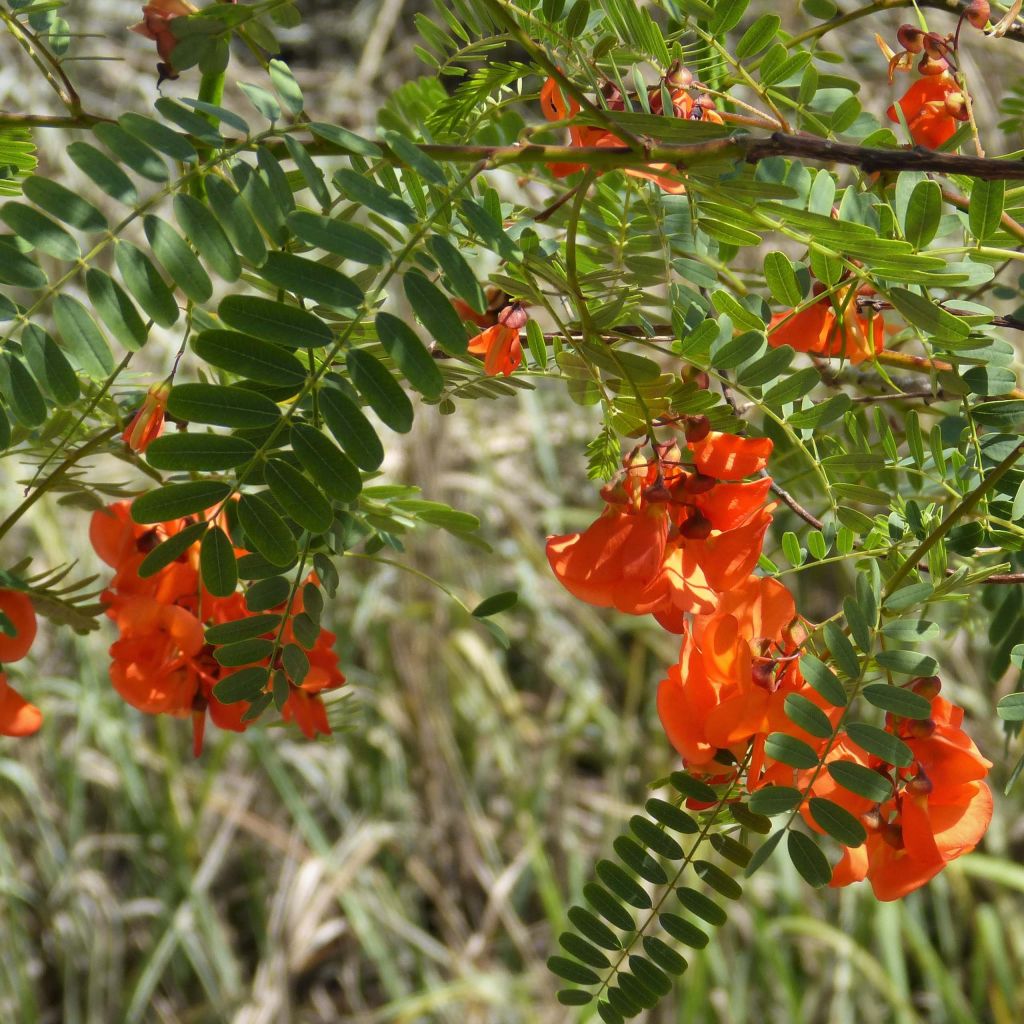

Sesbania punicea - Flamboyant d'Hyères
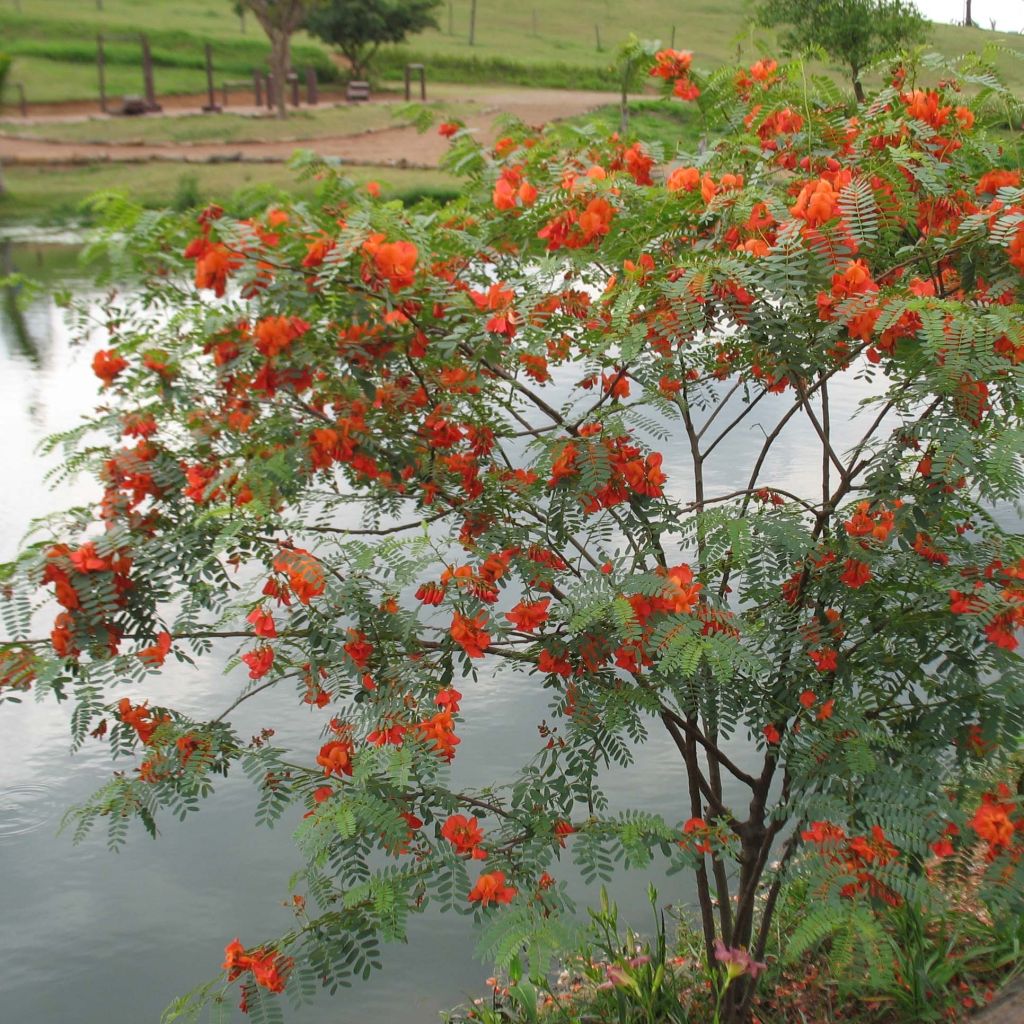

Sesbania punicea - Flamboyant d'Hyères
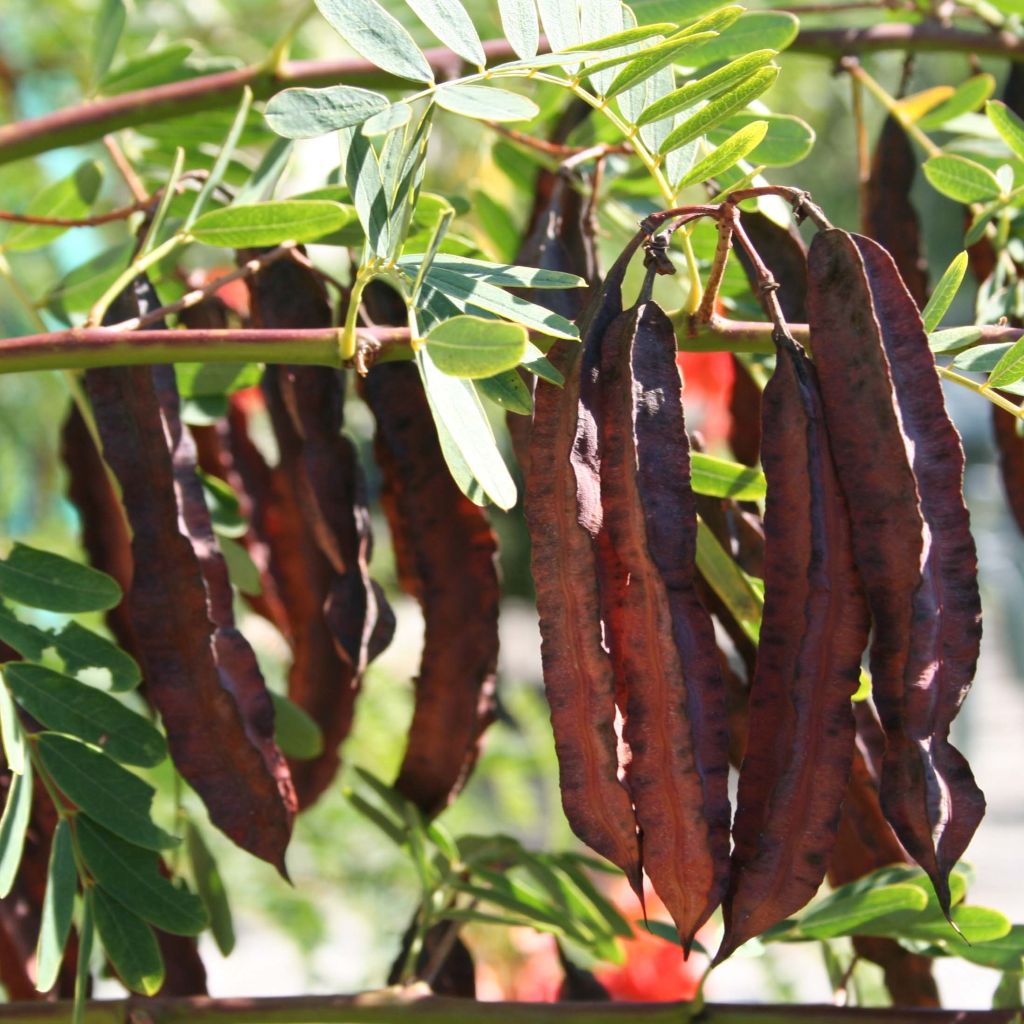

Sesbania punicea - Flamboyant d'Hyères
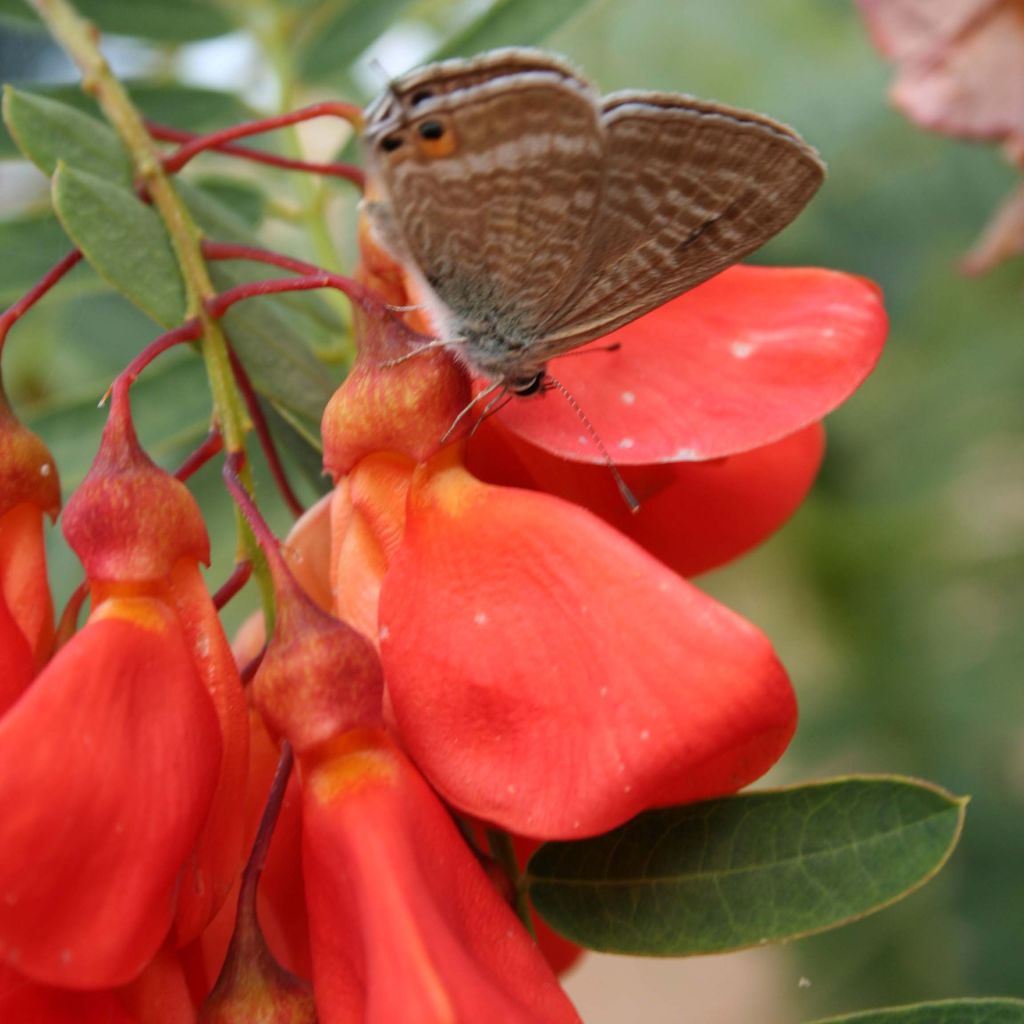

Sesbania punicea - Flamboyant d'Hyères
Sesbania punicea
Sesbania punicea
Rattlebox, Purple Sesban, Spanish Gold
This item cannot be shipped to the selected country
Delivery charge from €5.90
Oversize package delivery charge from €6.90
More information
Schedule delivery date,
and select date in basket
This plant carries a 24 months recovery warranty
More information
We guarantee the quality of our plants for a full growing cycle, and will replace at our expense any plant that fails to recover under normal climatic and planting conditions.
From €5.90 for pickup delivery and €6.90 for home delivery
Express home delivery from €8.90.
Oversize package: home delivery by special carrier from €6.90 per order..
Express home delivery from €8.90.

Does this plant fit my garden?
Set up your Plantfit profile →
Description
The Sesbania punicea is a wonderful exotic bush known as the Purple Sesban or Scarlet Wisteria. This beautiful species, related to brooms, is not widely planted despite its many qualities: it offers spectacular orange flowering in summer, very rapid growth, and is easy to grow in mild climates, including in dry soil. Floriferous and highly ornamental, this small flamboyant tree can be used in beds, as a standalone shrub, hedge, or even in a container to overwinter in cold and wet areas in winter.
The purple sesbania is native to a wide subtropical climate zone ranging from Brazil to Argentina, passing through Uruguay and Paraguay. In nature, this plant covers wet areas not far from swamps and watercourses that may dry up for several weeks. In certain regions, such as the southern United States, Australia, or South Africa, with a hot and irrigated climate, it is considered an invasive species. Under our latitudes, however, the Sesbania punicea does not currently benefit from favourable conditions for uncontrolled expansion and instead constitutes a beautiful ornamental bush which can be cultivated in the open ground.
The Sesbania punicea forms a small tree with a spreading crown, like a parasol, supported by flexible branches. It grows rapidly, reaching its adult size within 2 to 3 years. If frost damages it, it can regenerate entirely from the base within a season. Plants grown from seeds often bloom in the first year. The lifespan of this plant is at most 5 to 8 years. At maturity, this shrub measures about 2.50 m (8ft) in height and 1.50 m (5ft) in width. It does not exceed 1.50 m (5ft) in height if grown in a container. The young branches bear leaves divided into 6 to 20 pairs of ovate to rounded leaflets, initially light green, gradually darkening. They are quite thick and slightly hairy. The foliage falls in autumn, as soon as the temperature drops below 0°C (32°F), and the stems are destroyed by the cold from -3°C (26.6°F). The leaves tend to fold in on themselves in the evening. Flowering occurs in summer, in June-July, more or less early, depending on the climate. If faded clusters are regularly removed, flowering can last until September, which also helps to increase the lifespan of the bush. The flowers open in pendulous clusters at the ends of the current year's branches. They are butterfly-shaped, 2 to 2.5 cm (1in) long, and a beautiful orange with a hint of red, a bright colour that is not harsh on the eyes. After pollination, these pea-like flowers give way to elongated pods with four winged angles, turning green to brown. They contain brown and shiny seeds covered with tough and impermeable skin that allows them to float on water: in nature, seeds are dispersed through water. It is not uncommon for Sesbania to self-seed in light soil. The base of an established Sesbania punicea can withstand brief frosts of around -6 to -8°C, but young plants are more sensitive to cold. Note that the plant contains toxic substances, especially its seeds.
Like all shrubs in the Fabaceae family, the Purple Sesban is an excellent choice for gardens with poor soil, and its dazzling summer flowering makes it one of the most beautiful shrubs in the dry garden. It is magnificent when planted in beds with Caesalpinia gillesii, tall red hot pokers, or a tree-trained Madame Galen trumpet vine. It can also be paired with blue-lavender-flowering Amorpha canescens, Femontodendron California Glory, or Cape leadwort. It can also be grown as a flowering hedge with evergreen ceanothus, Vitex, myrtles, and escallonias. When planted in a large pot, It will bring a beautiful, exotic touch to the terrace. This cultivation method allows it to be protected from the cold in winter and adopted anywhere!
Report an error about the product description
Sesbania punicea in pictures
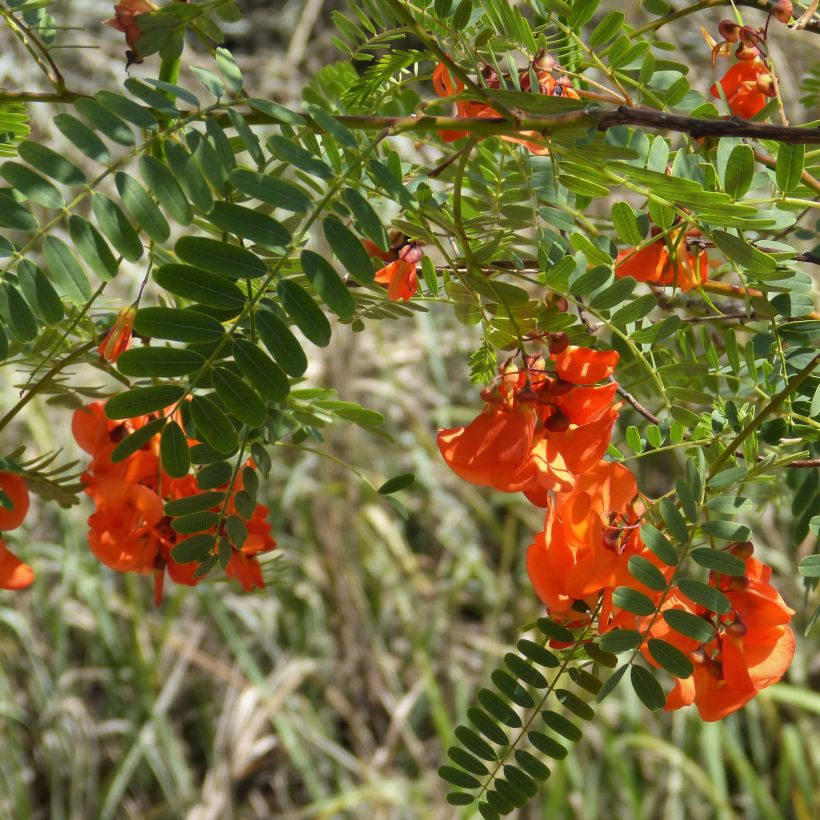

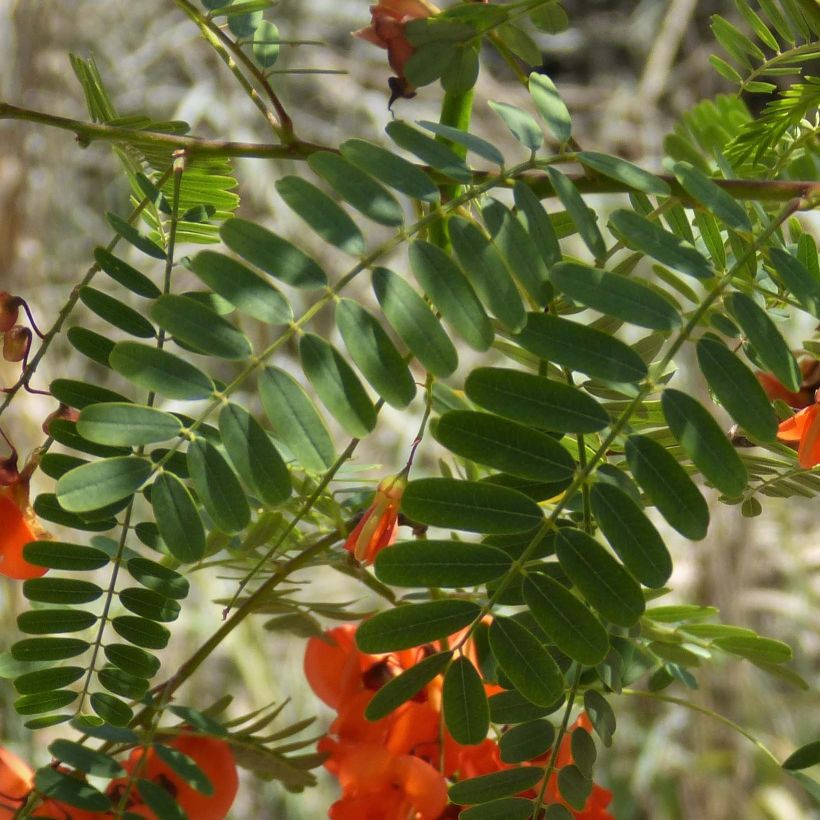

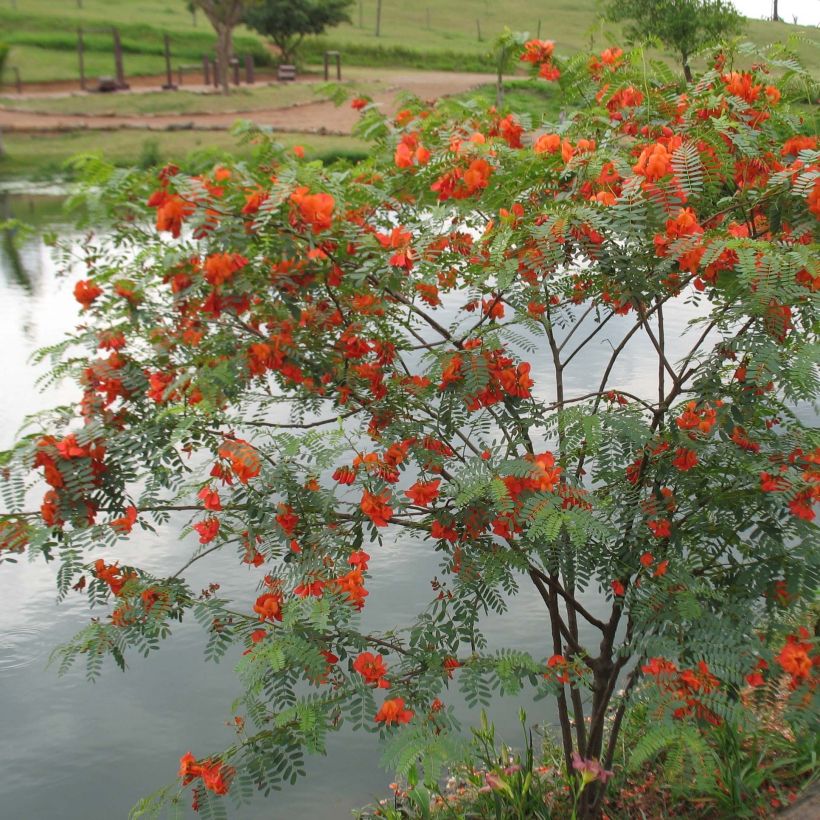

Plant habit
Flowering
Foliage
Botanical data
Sesbania
punicea
Fabaceae
Rattlebox, Purple Sesban, Spanish Gold
South America
Other Shrubs A to Z
Planting and care
The Sesbania punicea is preferably planted in open ground in spring or in autumn in mild areas. It appreciates well-drained, loose, deep soils, allowing its long taproot to draw moisture from deep down. Not demanding, it adapts to acidic, neutral or slightly chalky soils. Dry soil in winter improves its resistance to cold. Once well established, after 2 or 3 years of cultivation, this bush withstands long dry periods in summer. Young plants are not very frost-resistant, so they should be protected in winter by placing a thick mulch on the base and covering them with horticultural fleece. A well-established sesbania will regrow from the base in spring after short freezes of around -6 to -8°C (21.2 to 17.6°F). In May, prune the dead and blackened stems and optionally shorten the green branches to 2 or 3 buds. It is resistant to diseases and requires no other maintenance.
Pot cultivation:
- Choose a large container with drainage holes where you will place a layer of clay beads, gravel or pottery shards for drainage.
- Prepare a mixture of garden soil, coarse sand and potting soil.
- Water your Sesbania regularly throughout the growing and flowering period.
Fertiliser for flowering bushes is appreciated. Store your bush in a bright, well-ventilated room just above freezing in October. Reduce watering without letting the soil dry out completely. Bring your potted plant outside in good weather, in April or May, after the last frosts.
Planting period
Intended location
Care
-
, onOrder confirmed
Reply from on Promesse de fleurs
Summer-flowering shrubs
Haven't found what you were looking for?
Hardiness is the lowest winter temperature a plant can endure without suffering serious damage or even dying. However, hardiness is affected by location (a sheltered area, such as a patio), protection (winter cover) and soil type (hardiness is improved by well-drained soil).

Photo Sharing Terms & Conditions
In order to encourage gardeners to interact and share their experiences, Promesse de fleurs offers various media enabling content to be uploaded onto its Site - in particular via the ‘Photo sharing’ module.
The User agrees to refrain from:
- Posting any content that is illegal, prejudicial, insulting, racist, inciteful to hatred, revisionist, contrary to public decency, that infringes on privacy or on the privacy rights of third parties, in particular the publicity rights of persons and goods, intellectual property rights, or the right to privacy.
- Submitting content on behalf of a third party;
- Impersonate the identity of a third party and/or publish any personal information about a third party;
In general, the User undertakes to refrain from any unethical behaviour.
All Content (in particular text, comments, files, images, photos, videos, creative works, etc.), which may be subject to property or intellectual property rights, image or other private rights, shall remain the property of the User, subject to the limited rights granted by the terms of the licence granted by Promesse de fleurs as stated below. Users are at liberty to publish or not to publish such Content on the Site, notably via the ‘Photo Sharing’ facility, and accept that this Content shall be made public and freely accessible, notably on the Internet.
Users further acknowledge, undertake to have ,and guarantee that they hold all necessary rights and permissions to publish such material on the Site, in particular with regard to the legislation in force pertaining to any privacy, property, intellectual property, image, or contractual rights, or rights of any other nature. By publishing such Content on the Site, Users acknowledge accepting full liability as publishers of the Content within the meaning of the law, and grant Promesse de fleurs, free of charge, an inclusive, worldwide licence for the said Content for the entire duration of its publication, including all reproduction, representation, up/downloading, displaying, performing, transmission, and storage rights.
Users also grant permission for their name to be linked to the Content and accept that this link may not always be made available.
By engaging in posting material, Users consent to their Content becoming automatically accessible on the Internet, in particular on other sites and/or blogs and/or web pages of the Promesse de fleurs site, including in particular social pages and the Promesse de fleurs catalogue.
Users may secure the removal of entrusted content free of charge by issuing a simple request via our contact form.
The flowering period indicated on our website applies to countries and regions located in USDA zone 8 (France, the United Kingdom, Ireland, the Netherlands, etc.)
It will vary according to where you live:
- In zones 9 to 10 (Italy, Spain, Greece, etc.), flowering will occur about 2 to 4 weeks earlier.
- In zones 6 to 7 (Germany, Poland, Slovenia, and lower mountainous regions), flowering will be delayed by 2 to 3 weeks.
- In zone 5 (Central Europe, Scandinavia), blooming will be delayed by 3 to 5 weeks.
In temperate climates, pruning of spring-flowering shrubs (forsythia, spireas, etc.) should be done just after flowering.
Pruning of summer-flowering shrubs (Indian Lilac, Perovskia, etc.) can be done in winter or spring.
In cold regions as well as with frost-sensitive plants, avoid pruning too early when severe frosts may still occur.
The planting period indicated on our website applies to countries and regions located in USDA zone 8 (France, United Kingdom, Ireland, Netherlands).
It will vary according to where you live:
- In Mediterranean zones (Marseille, Madrid, Milan, etc.), autumn and winter are the best planting periods.
- In continental zones (Strasbourg, Munich, Vienna, etc.), delay planting by 2 to 3 weeks in spring and bring it forward by 2 to 4 weeks in autumn.
- In mountainous regions (the Alps, Pyrenees, Carpathians, etc.), it is best to plant in late spring (May-June) or late summer (August-September).
The harvesting period indicated on our website applies to countries and regions in USDA zone 8 (France, England, Ireland, the Netherlands).
In colder areas (Scandinavia, Poland, Austria...) fruit and vegetable harvests are likely to be delayed by 3-4 weeks.
In warmer areas (Italy, Spain, Greece, etc.), harvesting will probably take place earlier, depending on weather conditions.
The sowing periods indicated on our website apply to countries and regions within USDA Zone 8 (France, UK, Ireland, Netherlands).
In colder areas (Scandinavia, Poland, Austria...), delay any outdoor sowing by 3-4 weeks, or sow under glass.
In warmer climes (Italy, Spain, Greece, etc.), bring outdoor sowing forward by a few weeks.

































